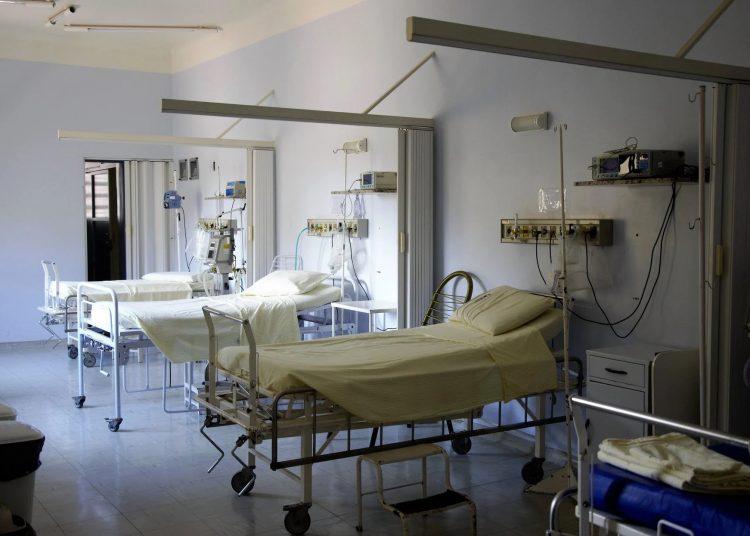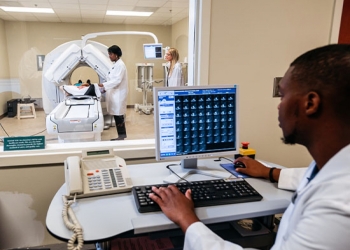PM Narendra Modi launched the PM Ayushman Bharat Health Infrastructure Mission (PMABHIM) from his parliamentary seat of Varanasi on Monday, with a budget of Rs 64,000 crore. The mission, dubbed the country’s largest pan-India health infrastructure scheme, aims to ensure strong public health systems in both urban and rural areas, as well as strengthen surveillance and research so that states can effectively respond to future public health emergencies and combat disease outbreaks such as Covid-19.
The plan is in addition to the existing National Health Mission, which focuses on rural and urban health issues.PM Modi stated, “After announcing the mission and inaugurating 28 projects worth Rs 5,189 crore for Varanasi, I addressed a crowd at Mehdiganj here on Monday,” “PMABHIM, India’s biggest move toward holistic healthcare with a focus on health and wellness, should have been implemented after independence. However, by failing to establish health infrastructure, prior governments kept the population without access to services.”
Also, know the Top 10 Indian Mobile Phones made in India by Indians
The second component of PMABHIM is a nationwide network of laboratories that will provide people with access to a comprehensive range of diagnostic services provided by the public healthcare system. The third pillar of the mission will enable the government to successfully tackle epidemics by upgrading 80 viral diagnostic labs and establishing four new national institutions for virology as well as a regional research platform for the WHO Southeast Asia area, he explained.
The Pradhan Mantri Atmanirbhar Swasth Bharat Yojana (PMSBY) was originally named Pradhan Mantri Atmanirbhar Swasth Bharat Yojana (PMSBY), but it was later renamed Ayushman Bharat or National Health Protection Scheme. The Ayushman Bharat scheme seeks to cover over 100 million underprivileged families (about 500 million people) and give health insurance worth up to Rs. 5 lakh per family per year.
According to a government statement, the new strategy focuses on strengthening health systems and institutions across the continuum of care at all levels — basic, secondary, and tertiary — as well as preparing healthcare systems to react appropriately to present and future pandemic influenza and disasters.























